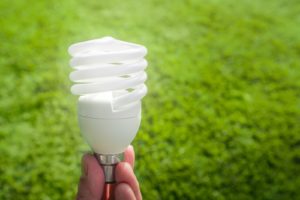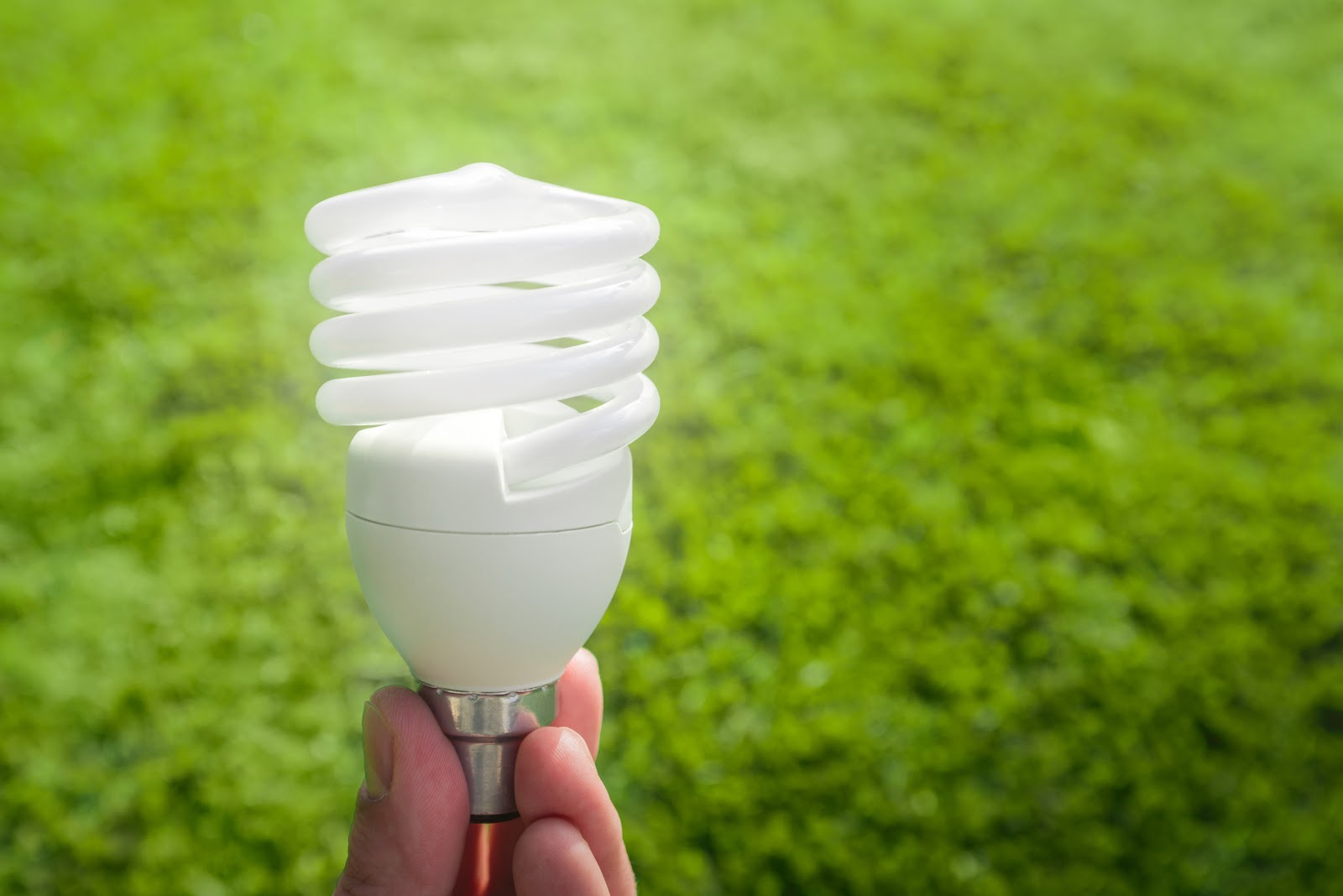 Saving electricity is easier than you think. Simply changing some habits concerning which appliances and products you use and when you use them can get you significant savings on your electric bill. Besides the obvious and easy things like turning off lights when you leave a room, the team at Fusion Electric has compiled several ways for you to save money this winter:
Saving electricity is easier than you think. Simply changing some habits concerning which appliances and products you use and when you use them can get you significant savings on your electric bill. Besides the obvious and easy things like turning off lights when you leave a room, the team at Fusion Electric has compiled several ways for you to save money this winter:
Reduce Electric Use during Peak Hours
Many homeowners don’t realize that power companies change electric costs based on the time of day. It can cost 30 to 60 percent more to use things like the oven, dryer or heater during peak hours of energy use. Every electric company defines peak hours slightly differently, but typically 6-10 am and 3-9 pm are considered peak. Weekends are considered off-peak. So if you can do your laundry on the weekends and lower your electric furnace in the evenings by a few degrees, it will lower your electric bill. Considering the size of your electric bill each month, saving 30-50% could add up fast.
Lower Your Water Heater Temperature
If you have an electric water heater, you can lower the temperature to 125 degrees. While having it set to 140 degrees may seem nice while you are in the shower, most households are just fine with 120 degree water temperature and will not notice much of a difference. You can see a difference in your electric bill though. According to Energy.gov, (the U.S. Department of Energy’s website) for every 10 degree Fahrenheit reduction in temperature, you can save from 3%–5% on your water heating costs.
Installing a tankless water heater can save you 24%-34% on electric bills, but the installation cost is higher than that of a traditional tank-style water heater, so unless you’re planning on staying in your home for five more years, you may not get that investment back out.
Change Lights to LED Bulbs
Change the light bulbs in your home from inefficient incandescent bulbs to LED bulbs. LED bulbs will save you 75%-80% over incandescent bulbs. LED bulbs are more expensive to purchase than incandescent or CFL bulbs, but they last for years. To give you an idea of the monetary savings, Energy.gov estimates that upgrading 15 of the inefficient incandescent light bulbs in your home to LEDs could save you about $50 per year! Most homes have way more than 15 bulbs.
Related Read: 3 Money Saving Electrical Products You Can Install Today
Special Tips for Holiday Lighting
Get rid of old incandescent holiday lights too and replace them with new LED holiday lights. Old strings can use up to 99% more energy than the new LED strings. Plus, LEDs burn cool which can reduce fire hazards. One more tip is to put your lights on a timer to reduce energy waste overnight.
Programmable Thermostat
According to Energy.gov, even the most basic models of programmable thermostats can save you as much as 10% a year on heating and cooling by simply allowing you to turn your thermostat back 7°-10°F for 8 hours a day from its normal setting. The more intricate models can save you up to 20% (and more). This is because they help you run your heating and cooling system more efficiently, without compromising overall comfort. So if you’re currently paying $2,000 dollar a year on gas and electric, this means you can save between $200 and $400 after installing a programmable thermostat!
Switch Ceiling Fan Direction
In the winter, switch the direction of your ceiling fan so that it is pulling air up instead of pushing air down. Because warm air rises, this will help your fan pull cooler air from below and blow warm air off the ceiling circulating it around so the room feels more comfortable. This may allow you to lower your home’s temperature a few degrees without even noticing a difference in comfort. Not sure how to switch it? Just look for a small switch on the body of the fan and flip it in the opposite direction. (This may require a ladder to reach the switch).
TIP: During the winter, your fan should run at a low speed in a clockwise direction when looking up at it.
End Vampire Energy
Unplug electrical items when they are not in use. Although TVs, computers, printers, and scanners are only used sporadically, they typically remained plugged in 24/7. These devices suck energy 24 hours a day even when not in use, which is where the get the nickname “vampire” electronics. If it’s inconvenient to plug and unplug them each time, try attaching them to one easy-to-reach power strip so it’s a snap to power them on and off without searching for a plug and an outlet.




